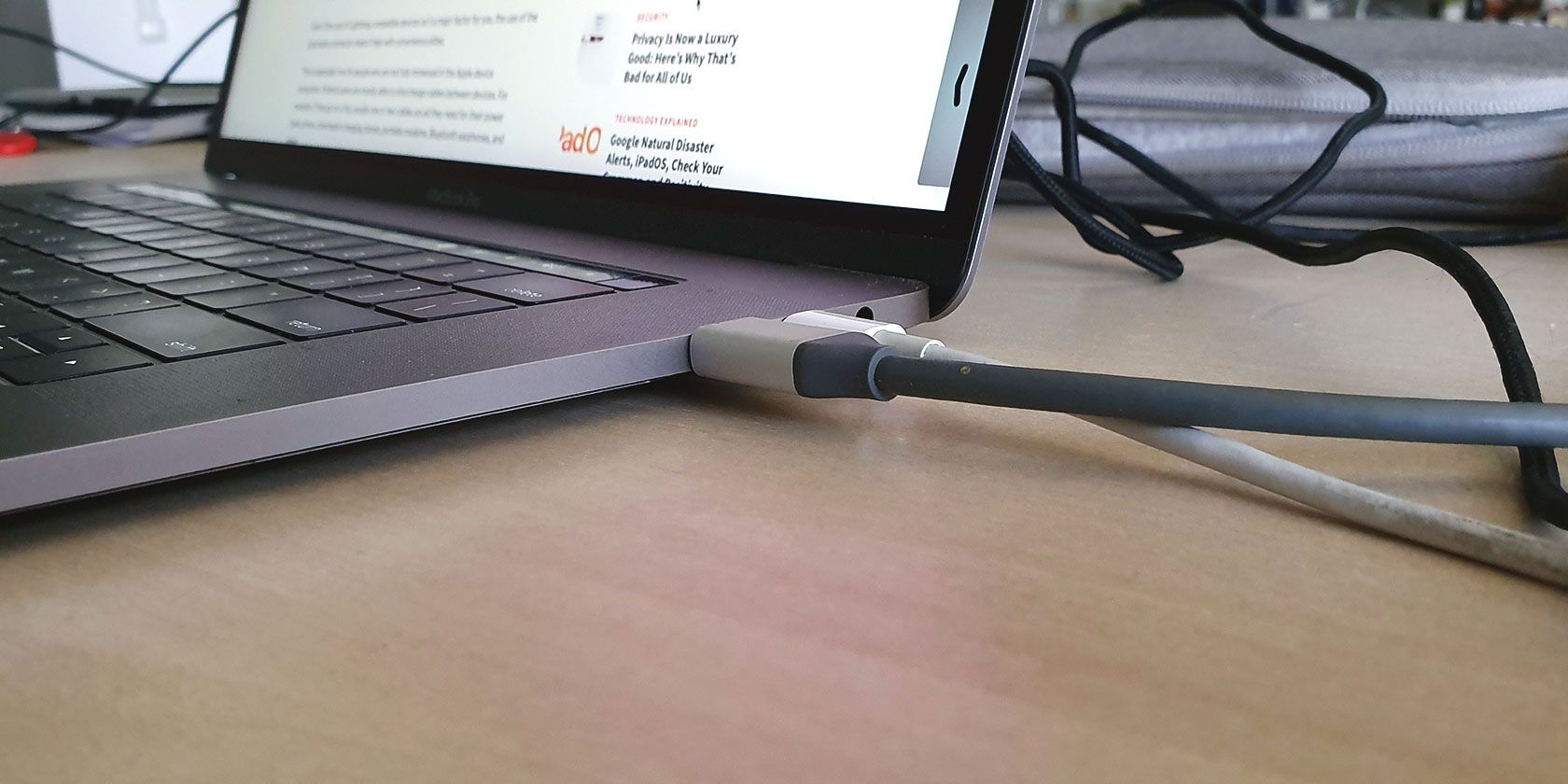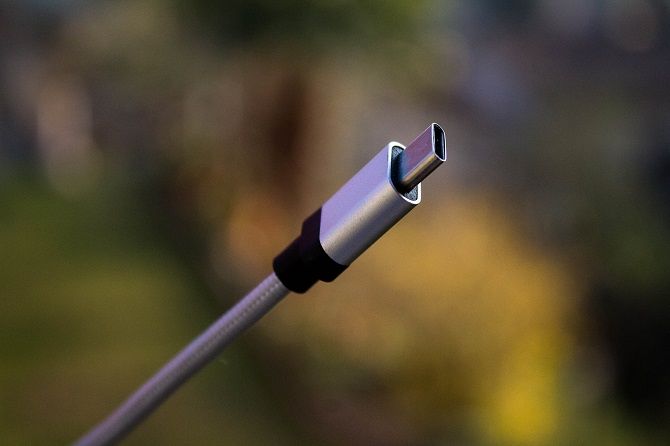Apple's Lightning connector has been around since 2012, becoming a staple in the Apple technology ecosystem. But while it is a well-recognized mainstay of the Apple brand, it's really time for the company to retire the connector.
From consumer cost to fragmentation in the Apple ecosystem, here are five reasons why Apple needs to get rid of the Lightning connector.
1. The Cost for Customers
The cost for cash-strapped consumers is one of the major reasons Apple should retire the Lightning connector on its devices.
Ever wonder why lightning connector cables seem to be more expensive than their Micro USB or USB Type-C counterparts? Since the Lightning connector is proprietary technology belonging to Apple, there's an extra fee involved.
Therefore, any third party companies who make devices with these connectors and ports need to pay for the license from Apple. This adds to the overall cost, meaning you're not just paying for the production costs and general markup.
This cost extends to adaptors too---in more ways than one. Because only Apple devices use the Lightning connector, iPhone owners usually have to invest in adaptors for peripheral third-party accessories (and sometimes even for other Apple devices). These costs add up over time. Again, unlike non-proprietary accessories, each adaptor will also have a licensing fee in its cost over-and-above the standard price factors.
The cost of and need for adaptors have only increased for customers considering Apple's decision to ditch the headphone jack on iPhones.
2. User Convenience
Even if the cost of Lightning-compatible devices isn't a major factor for you, the use of the proprietary connector doesn't help with convenience either.
This is especially true for people who are not fully immersed in the Apple device ecosystem. Android users are mostly able to interchange cables between devices. For example, if they go on a trip, usually one or two cables are all they need for their power bank, phone, smartwatch charging stands, portable modems, Bluetooth earphones, and more.
When Android users lose a cable, they can often just re-use a cable from another one of their devices. Furthermore, with USB Type-C devices, many users charge their phones and their laptops with a single cable.
However, re-using and interchanging cables with a wide range of devices is not possible with Lightning connectors. After all, Apple has a relatively closed ecosystem. iPhone owners have to keep multiple cables in mind for their Apple versus non-Apple devices. Then they also have to take into account the various types of adaptors they need.
3. E-Waste
Competition and variety for consumers is usually a good thing. But too much variety when it comes to connector types contributes significantly to e-waste or electronic waste. Every time consumers change their main devices, or companies phase out certain connectors, these cables and adaptors usually end up in landfills.
Technically, making the Lightning connector redundant would also result in many of these cables being thrown out. But if the market moves towards a universal connector type for power and data transmission, this will lower e-waste in the future.
If users can use the same connector type across different smartphone brands, computers, and other devices, it's more likely they'll re-use the same cables. Furthermore, it will reduce the need for excessive dongles and adaptors.
As such, many advocate for the adoption of a universal connector for mobile devices and laptops alike. But since the Lightning connector is proprietary, it's not the right candidate. There's also the fact that other cable connectors are more widely adopted among consumers, making those connectors better candidates.
4. USB Type-C Is Here
The main arguments in support of the Lightning connector come from the benefits the technology has. The connector is compact and compatible with external monitors. It's also reversible, meaning you can plug it in facing up or down (unlike Micro USB).
However, with the rollout of USB Type-C, the Lightning connector is no longer an exception. USB-C is reversible and compatible with a host of peripheral devices. In addition to this, it also has benefits that the Lightning connector doesn't.
USB Type-C connectors and ports are compatible with Thunderbolt 3, support USB 3.1, and are even being used for some HDMI cables. Furthermore, USB Type-C plugs support super-fast charging for devices and SuperSpeed data transfer rates.
USB Type-C is by no means perfect---there are issues and areas of improvement. However, it's a step up from the now outdated Lightning connector. It also has the benefit of being a universal connector across many brands.
5. Apple Device Connector Fragmentation
The Lightning connector has become increasingly outdated over time---to the point that even Apple no longer includes it on every iPhone or iPad anymore. This removes the justification that Lightning connectors allow users to connect their devices seamlessly within the Apple ecosystem.
But the problem is that Apple hasn't phased out the technology. Rather, Apple's use of Lightning connectors has varied over the past few years. For example, the 2018 iPad Pro uses a USB Type-C port. However, the 2019 edition of the iPad Air used a Lightning port, as does the 2019 iPad Mini.
Furthermore, the new MacBook port setup means that iPhone users need to invest in an additional cable type. The 2018 MacBook, MacBook Pro, and MacBook Air, all use USB Type-C ports and don't have USB-A ports. As a result, iPhone owners need to buy a special Lightning to USB Type-C cable to connect their smartphones to new Apple laptops.
With all this fragmentation, Apple has nullified its own argument of user convenience. Consistently replacing their proprietary connector with USB Type-C would increase convenience for new Apple device owners significantly.
Understanding Apple's Cables and Adaptors
It has been years since the release of Apple's Lightning connector---and unfortunately, the technology has become outdated from a lack of updates. With USB Type-C, e-waste, and customer convenience considerations, there's little reason for Apple to keep sticking to their proprietary connector.
If you still have questions about the connectors in Apple's device technology, we're here to help. Check out our guide on Apple's adaptors and ports for Macs and iPhones.


